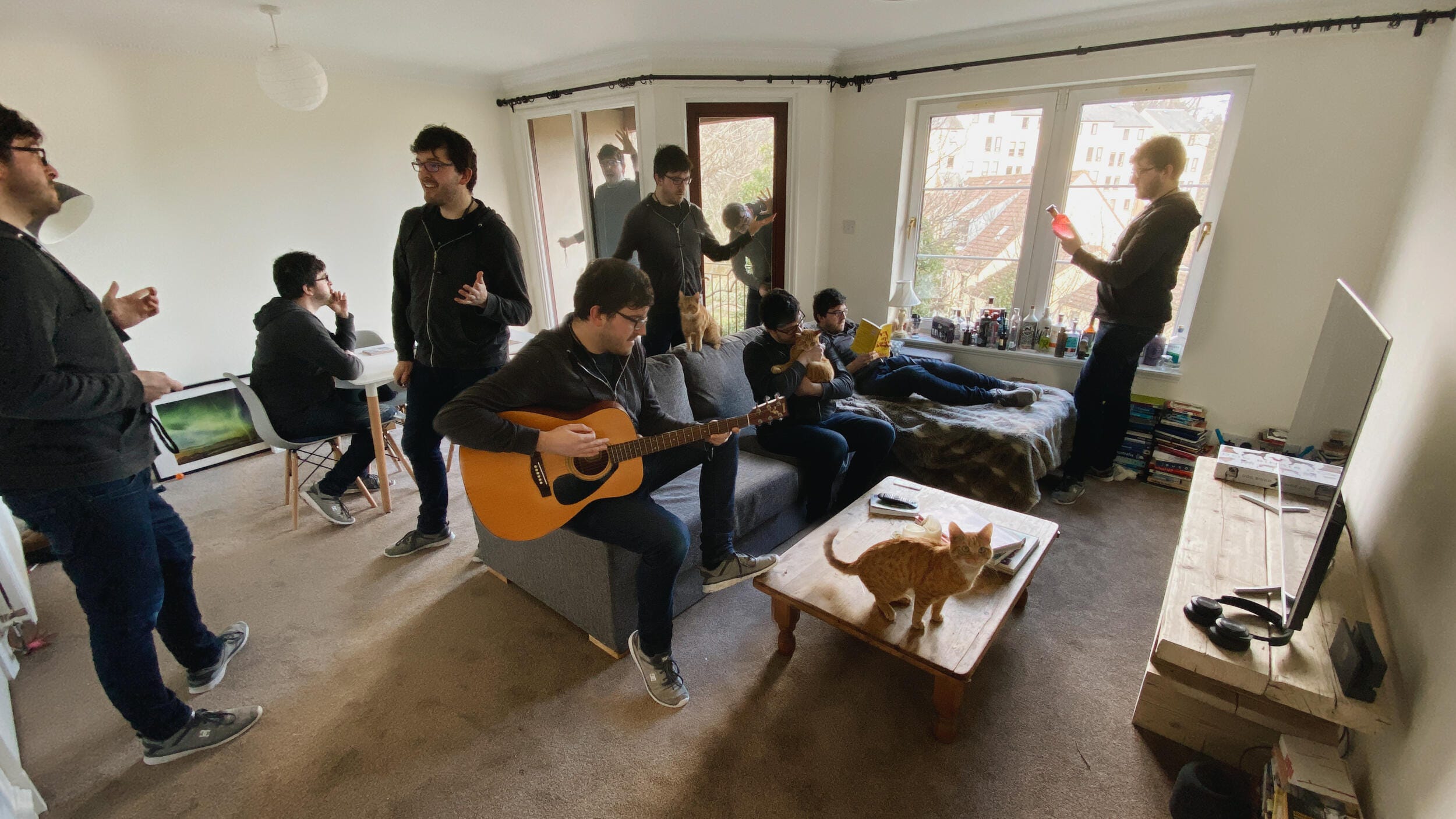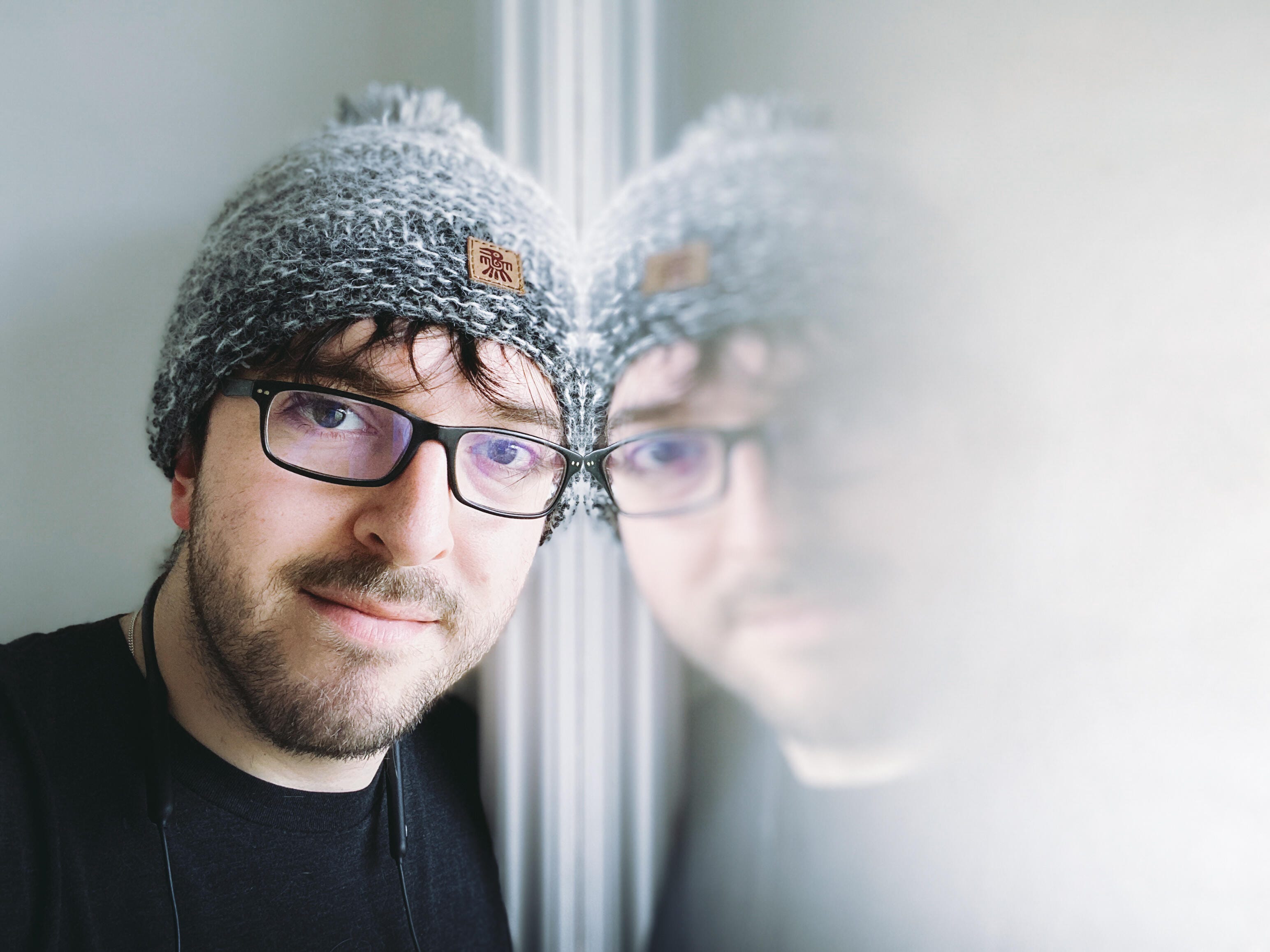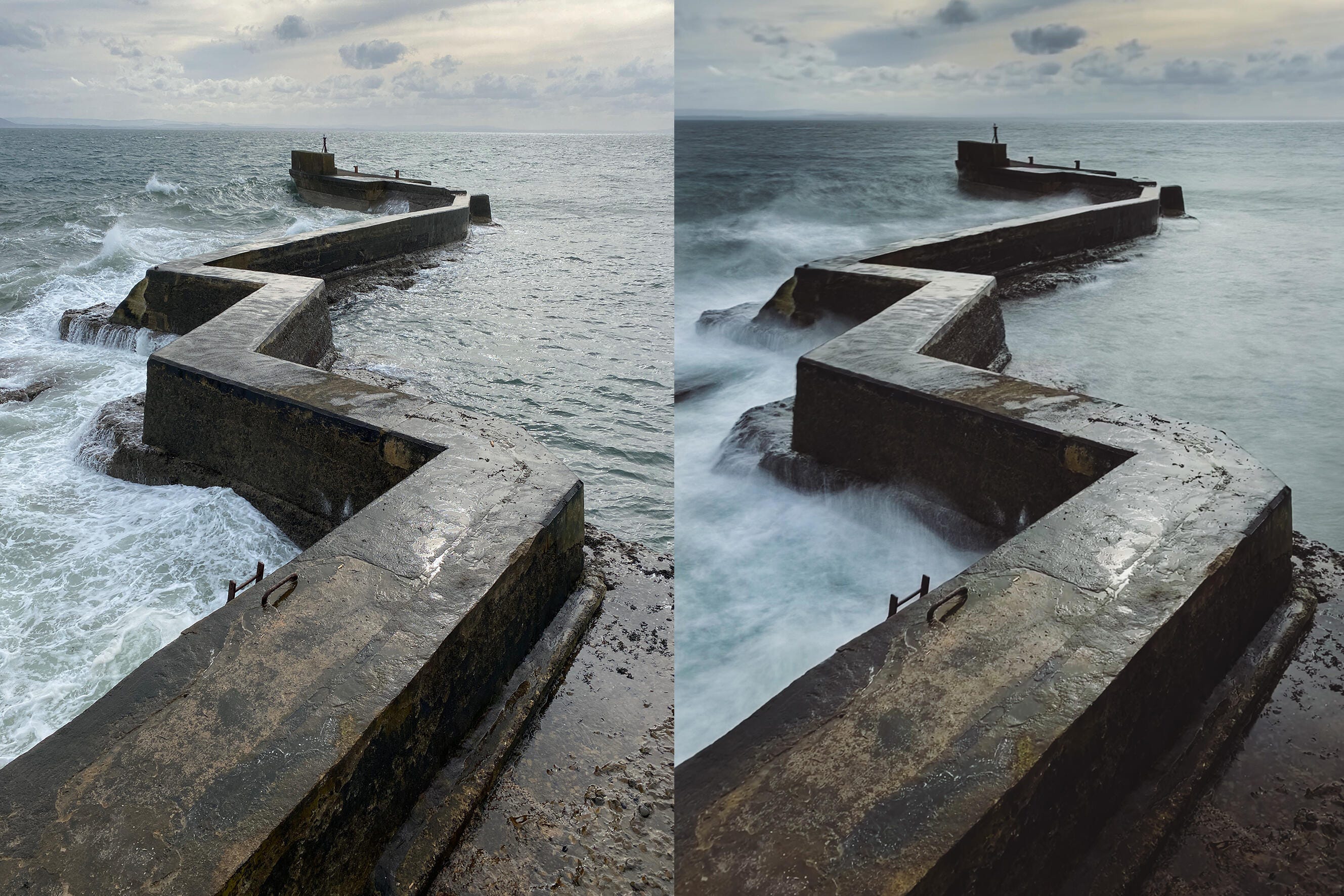
It's not as hard as you might think.
Andrew Hoyle/CNETTrying new creative challenges can not only help keep your mind focused, but it can also teach you new skills you can use later on. And what better tool to get those creative juices flowing than your trusty phone? Whether you're trying to get inspired after months of lockdown or you're just after a fun project to try at home with the family, there are loads of ways your phone -- specifically, your phone's camera -- can help you get those brain cells firing on all cylinders. And the great thing is you don't even need to leave the house.
These photo tricks work on the new iPhone 13 Pro, Galaxy S21 Ultra, Pixel 6 and other, older phones. If nothing else, these photography challenges might just stave off boredom a bit longer and may even offer some fun weekend activities to try with the kids this winter.
Don't forget to check out our phone photography 101 section for more photography tips and tricks, as well as my roundup of the best photo editing apps for both iPhone and Android.

Composite photography might take a while, but it's worth your time.
Andrew Hoyle/CNET1. Make a creative composite
Composite photography means blending different photographic elements from multiple images into one finished shot. At a basic level, it can be used to simply replace a sky on a landscape image, but with some experimentation it can offer endless opportunities for creativity.
In my instance, I wanted to composite myself into the same scene multiple times -- almost as though it's showing all the different things I could be up to throughout the day in one image.
Putting it together was pretty straightforward. Here's how:
1. Put the phone on a tripod.
2. Frame your shot as required using the lens options, if available.
3. Either set your phone on a 10-second timer, or use a Bluetooth remote.
4. Get into your scene and take an image.
5. Move into multiple positions, taking an image each time. Make sure the camera doesn't move at all between shots.
6. Blend the images together in Photoshop by layering them on top of each other and erasing the areas you don't want.

I took this selfie with the iPhone 11 Pro's front-facing camera, in portrait mode, right up against my living room window to create the mirrored effect. I edited in Lightroom mobile.
Andrew Hoyle/CNET2. Practice portraits
Whether you're taking a photo of a partner, a family member, a flatmate, or even your pet, taking portraits can be a great creative outlet. Live alone? No problem, flip that camera and use the selfie mode, or even put your phone on a tripod if you have one and start mugging for the camera.
Look around your house and see where you think could make for an interesting scene. Perhaps you have an old leather chair that someone could pose in. Maybe you have an unusual rug that you could have your subject lie on so you can shoot from above. You can also try some shots looking wistfully out of the window.
Experiment with the lighting too. Natural light coming in from windows is your best bet, so doing shots near them is a good place to start. But maybe there's a cool lamp you could use as a single, moody light source to lend some artistic drama to the shot. You could also grab an LED light panel from Amazon and try adding your own lighting.

Okay, it's not the greatest image of food in the world, but I'm pretty limited in what I can cook right now and this omelette was at least more attractive than the baked beans I had yesterday. I put the plate on an attractive tabletop near a window and shot directly down with my iPhone.
Andrew Hoyle/CNET3. Still life scenes
Still life could include lots of different types of shots -- from bright and airy top-down shots of a lovely salad or freezer meal you've made, to product photos of your laptop, games controller, new shoes or indeed anything you think could photograph well. You could even just grab a nice selection of things from around your house that, when artfully arranged, could make for a nice image.
The lighting principles are much the same as with your portraits. Use windows where possible as these likely provide the biggest, brightest light sources in your house. Food photographers regularly use natural light in their imagery to keep that realistic lifestyle look to their shots. Play around with where you're positioning your subjects and try shooting from different angles to get the light in just the right place.
4. Make a short film
Making a short film can be great fun as you have to think about multiple different elements of production. First, of course, is what your film should be about. Maybe you want to try and film a gritty crime drama with your family as the cast. Perhaps it's about your pet cat and the things they get up to during the day.
My short film was all about the process of making a lovely cup of tea. After deciding on what film I wanted to make, I then thought about what steps would be involved in filming the process. For your crime drama, this would be when you're writing a script and working out what shots you need to get to put it all together.
Making a cup of tea is a very formulaic process, so knowing what to film was easy: filling the kettle with water, waiting for it to boil, pouring the water and so on. I added some extra scene-setting footage at the beginning and an ending shot of me enjoying the tea I'd made.
It was shot entirely on my iPhone 11 Pro, using an Edelkrone slider that lets you create smooth, sliding motion to your shots and an anamorphic lens by Moment, to give that cinematic wide aspect ratio look. I edited it in Adobe Premiere on my MacBook Pro ($689 at Amazon), but you could easily edit your own film in iMovie directly on your iPhone or using Adobe Premiere Rush on your Android phone.
I really enjoyed the process as it forced me to think not only about angles and lighting as I would in my normal photography, but also about how to visually tell a story that made sense to someone watching. It was great fun trying to be more experimental with my shooting and editing style, too, so it was definitely a great way to spend a few hours at home on a quiet afternoon.

The unedited shot (left), next to the final version (right). I used the iPhone's long exposure mode to blur the water, then used various color tools in Lightroom mobile to create the look you see here.
Andrew Hoyle/CNET5. Work on your editing
You might not be able to go out and shoot a whole series of new images, but that doesn't mean you can't make great use of images you've already taken.
Both the Android and iOS app stores are full of apps that offer a wealth of creative editing options for your images, with a seemingly infinite number of filters, frames and funky flair you can apply.
Snapseed is a favorite of mine and it's free on both platforms. It has a variety of color filters available (including ones that give your scene a punchy "HDR" look as well as more vintage tone options) but it also provides more in-depth editing tools such as the ability to selectively paint brightness into just the areas you want. You can also get more creative with apps like Photofox and Bazaart, both of which I used to create the self portrait at the top of this article.
My advice is to have a browse through your gallery on your phone, looking back at the weeks, months or years of shots you've taken. Mark the ones that really stand out as your favorites, then settle down onto your sofa with your drink of choice, fire up some editing apps and go to town on your shots.
Not only might you breathe some creative new life into photos you'd long since forgotten about, but you may also learn some valuable new techniques to put into action when you're finally able to get out shooting again.
Read more: 5 Masterclass classes to become a filmmaker: Learn from Martin Scorsese, Jodie Foster and more
"try" - Google News
November 14, 2021 at 05:10PM
https://ift.tt/3oqQirM
5 things to try with your phone's camera when you're bored - CNET
"try" - Google News
https://ift.tt/3b52l6K
Shoes Man Tutorial
Pos News Update
Meme Update
Korean Entertainment News
Japan News Update
Bagikan Berita Ini

















0 Response to "5 things to try with your phone's camera when you're bored - CNET"
Post a Comment